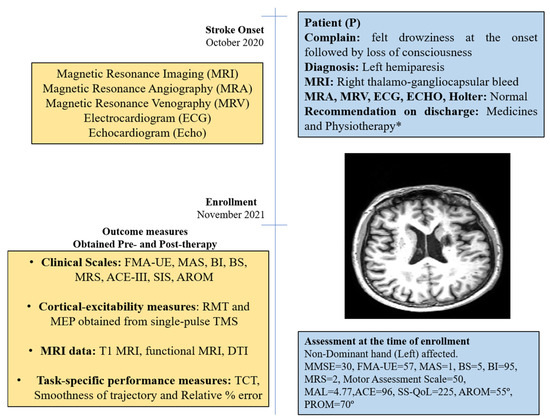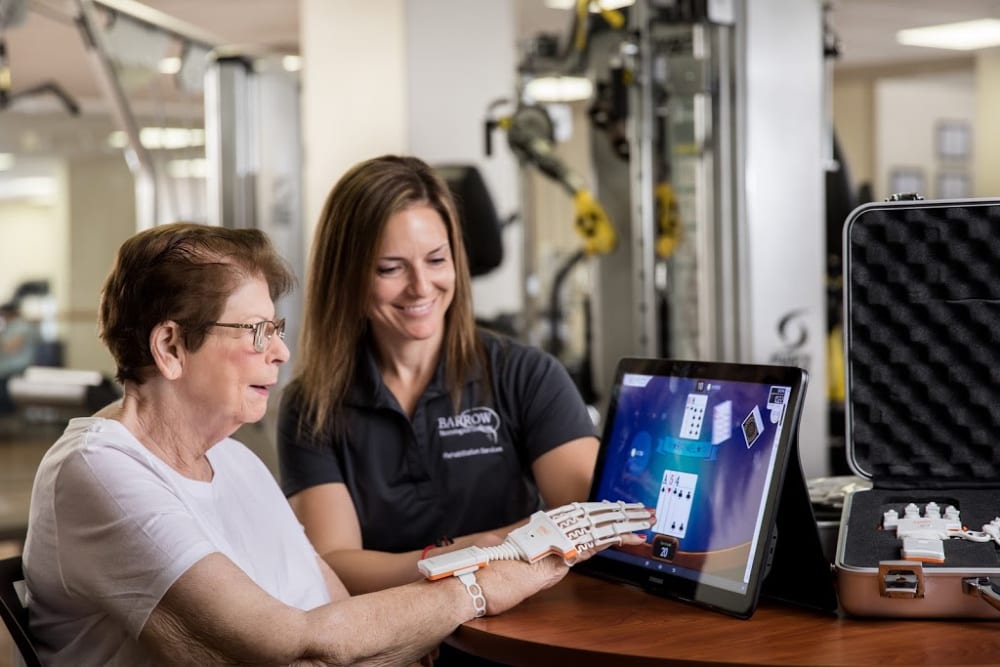It is unsurprising that, as the population increases and ages, more therapists will be needed for rehabilitation, but the therapist numbers are not growing to match the need for therapy. The resulting deficit leaves even top rehabilitation centers at a loss; fewer therapy experts means less rehab time for patients.
The human element of therapy is undeniable—people need people in order to heal. However, time and physical effort is required to manually facilitate high-repetition therapy exercises desperately needed by patients and this limits their execution, even in world-class facilities. Therapists are the limiting factor in patient care simply because there are not enough experts and their physical resources are limited, especially in case of severely affected patients who require high physical support. This problem is only expected to worsen.
Technology, in the form of robotic rehabilitation, solves this issue elegantly by relieving therapists of the burden of attending to every repetition, allowing them to serve more patients, more efficiently, and with better outcomes.
In stroke and neuro rehabilitation, intensity is key
Many studies have shown that in various types of injuries, rehabilitation that includes hundreds to thousands of repetitions produce best clinical outcomes for upper and lower extremity movements. Task specificity and muscle reconditioning, in addition to neuroplasticity, are important factors influenced by intense, targeted, repetitive motor training.
A shocking study conducted in 2017 on spinal cord rehab patients found that:
- As much at 40% of therapy time was dedicated to non-therapeutic actions, such as sling transfers and activity set up
- Patients spent only 12-15 minutes in group-based rehab activity
- Up to 2/3 of patients did not participate in group activities at all
- The highest-repetition groups did not exceed 100 repetitions for occupational and physiotherapy combined
- The daily repetitions were significantly lower than those require for muscle and neural improvements.1
Furthermore, the following table from a study of outpatients suffering from partial paralysis post-stroke shows less than 100 repetitions per session with the exception of walking steps.2
In animal studies, however, it was found that at least 400-600 repetitions are necessary to lead to structural neural changes for upper limb.1 There is clearly a significant disparity between the therapy needed for full recovery and the therapy available to patients. In addition, researchers surveyed 7 stroke survivors, 6 caregivers, and 20 rehab staff and found that outside of rehab:
“subsequent time was described as ‘dead and wasted.’ Main careers perceived stroke survivors felt ‘out of control … at everyone’s mercy’ and lacked knowledge of ‘what to do and why’ outside of therapy. Clinical staff perceived the stroke survivor’s ability to drive their own recovery was limited by the lack of ‘another place to go’ and the ‘passive rehab culture and environment’.”3
This passive rehab culture is a significant factor for reduced therapy outcomes. When dependent on limited rehab time for recovery, stroke patients feel unproductive and hopeless. More active therapy time can not only improve a patient’s daily function and physical health, but their mental health as well.
How Technology Can Help
It is clear that patients are not currently getting the volume and intensity of therapy required for ideal outcomes, and this not only has a physical cost, but also takes a mental toll on patients. Robot-assisted rehab can improve current therapy practices in the following ways:
- Assisted gait training – research shows that robots can assist with “highly repetitive training of complex gait cycles, something a single therapist cannot easily do alone”4
- Precision feedback – virtual reality and sophisticated measurements can provide precise movement feedback to leverage the recovering brain’s neuroplasticity and enhance proprioception5
- High repetition and intensity – without constant physical assistance from a therapist, which then frees the therapist to perform other types of supporting tasks
While therapists cannot be replaced by robot-assisted rehabilitation technology, these tools can augment their practice to both reduce strain and fatigue in therapists and improve patient outcomes, sometimes making possible what was impossible previously, such as walking. Robot-assisted rehabilitation can reduce physical strain in therapists while providing for patients the high volume of repetitions needed to achieve best outcomes in therapy.






